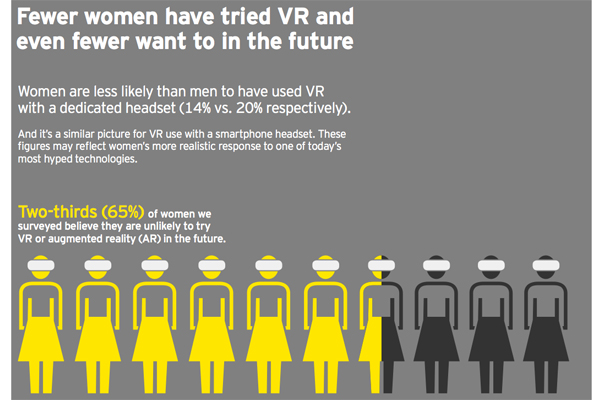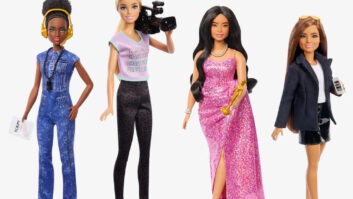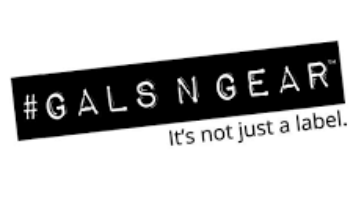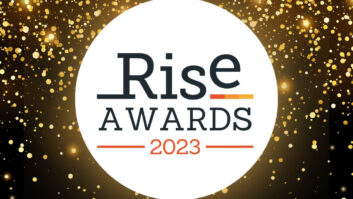
Nearly two thirds of women (65 per cent) say they are unlikely to use VR in the future – compared to 51 per cent of men – according to the latest EY research.
The sample, which included over 2,000 consumers, found that only 14 per cent of women surveyed have used a VR dedicated headset in the past, compared to 20 per cent of men.
Awareness levels around VR are also lower among women. Despite the world’s leading technology companies bringing VR products to the marketplace, 63 per cent of women had not heard of any of the top five global VR brands. In contrast, the majority of men (51 per cent) knew of at least one of them.
Martyn Whistler, global media and entertainment lead analyst, EY said: “Despite heavy investment, major acquisitions and headline-grabbing new product launches, consumers, and in particular women, are not buying into the VR hype.
“Our survey results also show that of the respondents who have used virtual reality before, 32 per cent of male users described their experience as ‘positive’ compared to only 20 per cent of female users.”
Content is queen
If VR is to be adopted more widely by women, the technology may need to provide more compelling content outside gaming, the EY survey found. Half of women (50 per cent) thought the application of VR for movies and entertainment had high potential. On top of that, there was only one case where women’s interest for VR was higher than men, and this was for doing exercise or fitness – 25 per cent of women compared to 18 per cent of men said they were likely to use VR for exercise or fitness. Furthermore, 26 per cent and 23 per cent of women said they were likely to use VR for tourism and communications respectively.
The price is wrong
Another challenge facing the VR industry is that women who use or want to use the technology are likely to favour less expensive options that utilise smartphones. Seventy-two per cent of women would pay a maximum of £300 for VR equipment in comparison to 52 per cent of men. With VR headsets from the leading brands ranging in price from £350 to £800, headsets for smartphones which retail at closer to £60 are the only option for nearly three-quarters of female users.
Amber Mace, partner, EY says: “Our survey indicates that women in general are struggling to see the benefit of VR at the moment. However, there are clearly opportunities for the VR industry to attract more female users.
“What’s really needed is a ‘killer app’ with clear entertaining or everyday applications, beyond just the enhanced gaming experiences which seem to be less appealing to women. When we have a critical mass of users we could see it become a valuable communication tool for both consumers and business. Only by addressing these issues can VR become truly mainstream.”







